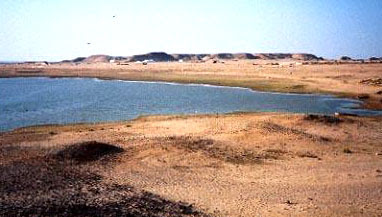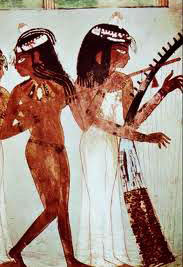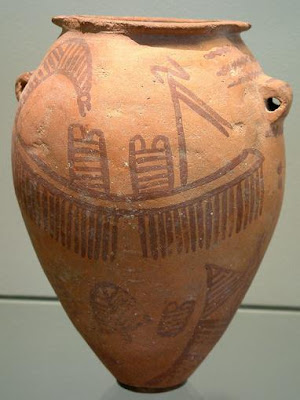egypt history tourism

Egypt, commonly known as “The Motherland of the World”, “Land of Civilizations” and “The Greatest Power in Human History”,
Amongst all civilizations and nations, Egypt has always maintained a unique position. Historically, Egypt is universally acknowledged as the world’s most ancient state with a unified societal entity within its current geographical borders.
Egypt has been referred to as the "Gift of the Nile" due to the river that has nourished the desert land and sustained one of the most ancient and ever-lasting civilizations in the world.
The country has long captured the world’s imagination as the magic land of the Pharaohs and their awe-inspiring Pyramids of Giza, the only one of the Seven Wonders of the Ancient World to survive.

Egypt, commonly known as “The Motherland of the World”, “Land of Civilizations” and “The Greatest Power in Human History”,
Amongst all civilizations and nations, Egypt has always maintained a unique position. Historically, Egypt is universally acknowledged as the world’s most ancient state with a unified societal entity within its current geographical borders.
Egypt has been referred to as the "Gift of the Nile" due to the river that has nourished the desert land and sustained one of the most ancient and ever-lasting civilizations in the world.
The country has long captured the world’s imagination as the magic land of the Pharaohs and their awe-inspiring Pyramids of Giza, the only one of the Seven Wonders of the Ancient World to survive.




































تعليق